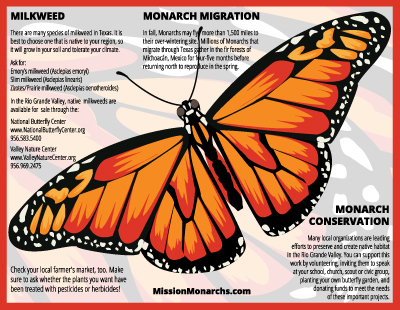 This incredible plant features one of nature’s most complex flowers, comparable only to the magnificent orchid. The Monarch appears to be fashioned for this flower, since the anatomy of it can form a deathtrap for smaller butterflies, bees and wasps lacking the power to pull free of the ‘hood and horn’ structures that hold and protect the sought-after pollinia, or pollen sacs. The five pair of hood-and-horn structures that form the corona, or crown, of the flower are also useful in identifying milkweed species, whose blossoms vary by size, shape and color.
This incredible plant features one of nature’s most complex flowers, comparable only to the magnificent orchid. The Monarch appears to be fashioned for this flower, since the anatomy of it can form a deathtrap for smaller butterflies, bees and wasps lacking the power to pull free of the ‘hood and horn’ structures that hold and protect the sought-after pollinia, or pollen sacs. The five pair of hood-and-horn structures that form the corona, or crown, of the flower are also useful in identifying milkweed species, whose blossoms vary by size, shape and color.
Carl Linnaeus, a Swedish botanist, physician and zoologist known as “the father of modern taxonomy,” named the milkweed family Asclepias, after the Greek god of healing, Asclepius, during the 18th Century. Although milkweed sap is caustic and generally toxic to most creatures, it also contains the organic compound cardiac glycoside, which acts on the contractile muscles of the heart and has practical human applications for the treatment of arrhythmia and congestive heart failure. The more we learn about Monarchs and their caterpillars, the more we understand how this critical host plant also serves as a natural pharmacy for this species.
The seeds of the milkweed are produced in a follicle that may be as big as a thumb. When this pod dries, it splits open and the seeds burst forth; then they are blown across the area, carried on the wind by the fluffy, white floss attached to each seed. This hairy filament, or coma, is commonly called American silk and is commercially-valued for use in super-absorbent industrial filters, as well as thermal and acoustic insulation.




